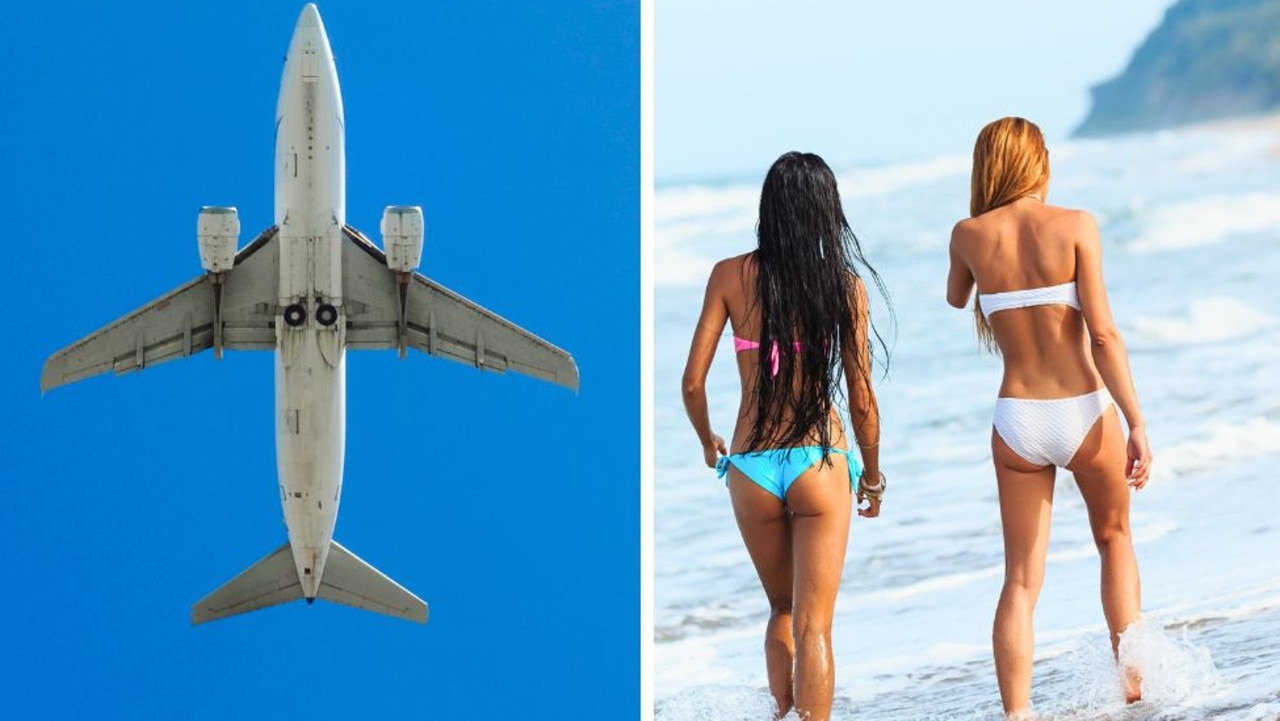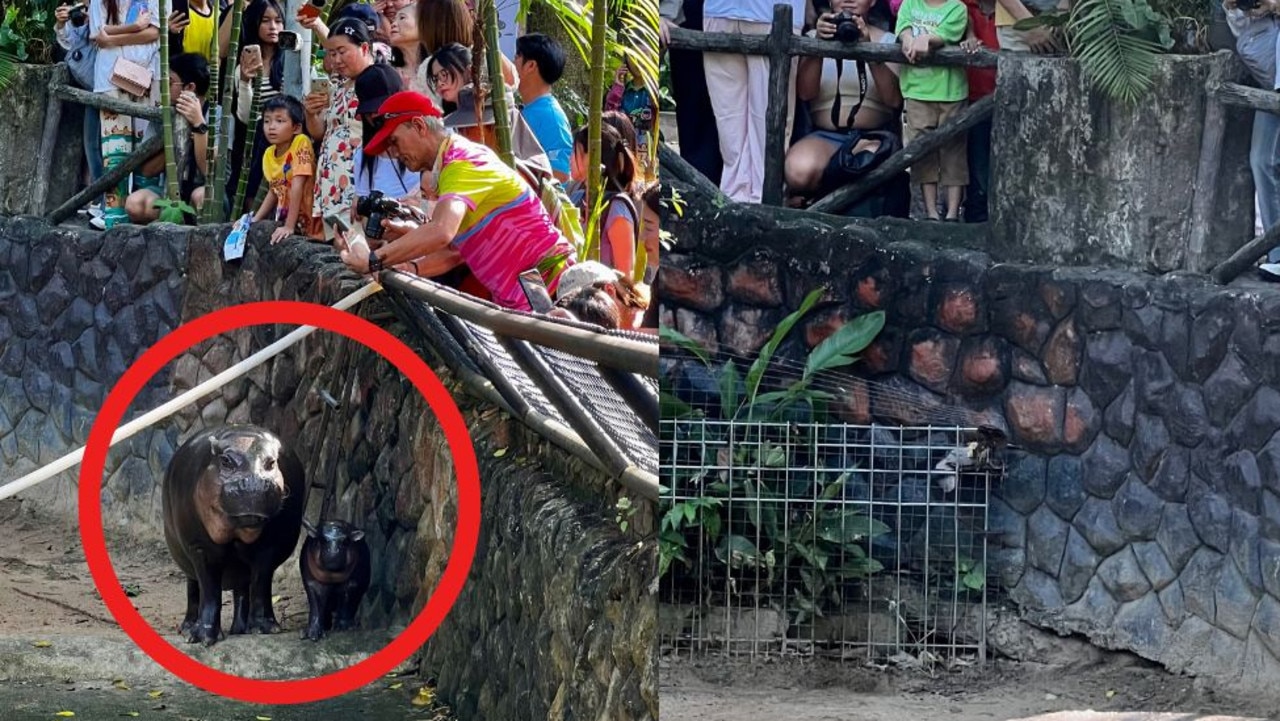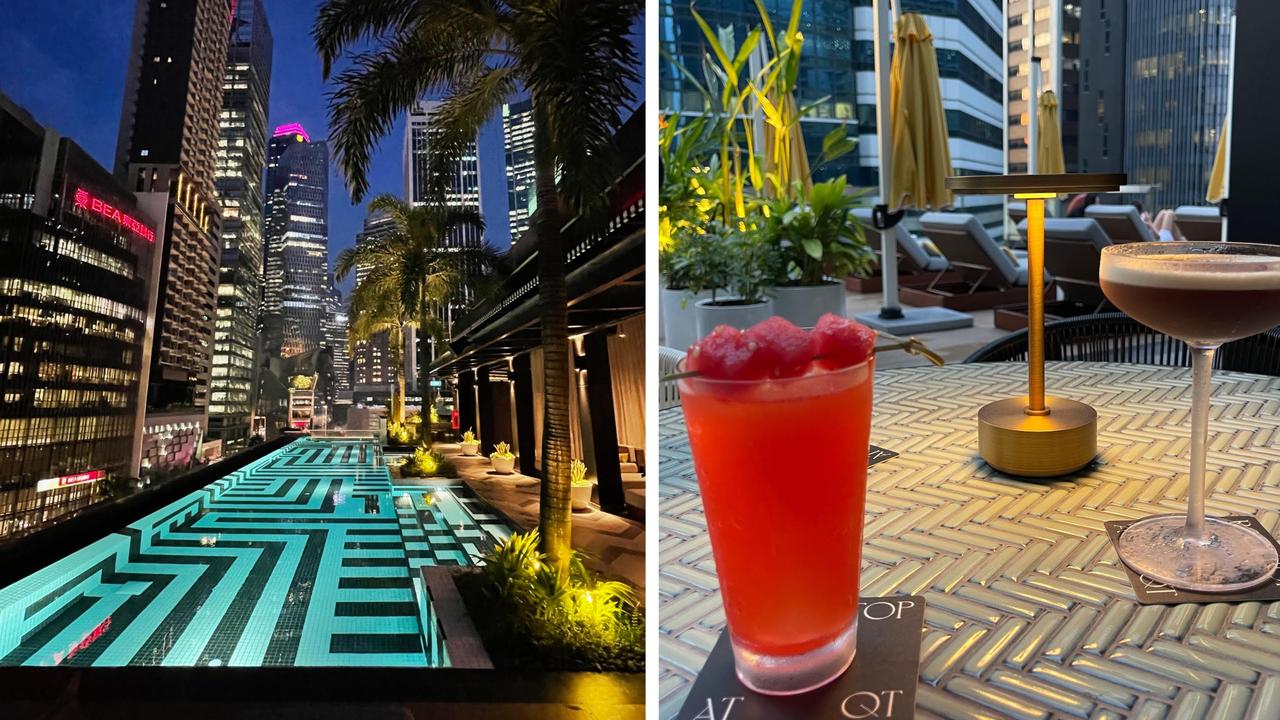How Asian capital Bangkok is reinventing itself
There’s one place in Thailand Aussies tend to flock to the most, but there’s another city that’s quickly climbing in popularity – and for good reason.
Bangkok sometimes gets a bad wrap.
Over summer I was reading ‘The In-Between’, the latest novel from Australian author Christos Tsiolkas and discovered an entire section dedicated to this topic.
The scene in question sees a group of old uni mates comparing travel stories over dinner, and when Ivan, the protagonist’s plus one, admits that he’s only ever been overseas to Thailand, they struggle to contain their sneers at the thought of visiting Bangkok.
What’s wrong with Bangkok? The friends all complain the city is thrilling yet also annoying and unbearable, with “so much more to see in the world”.
In their opinion, Bangkok has been “spoiled” by tourism, and badly-behaved Aussies should be avoided there at all costs.
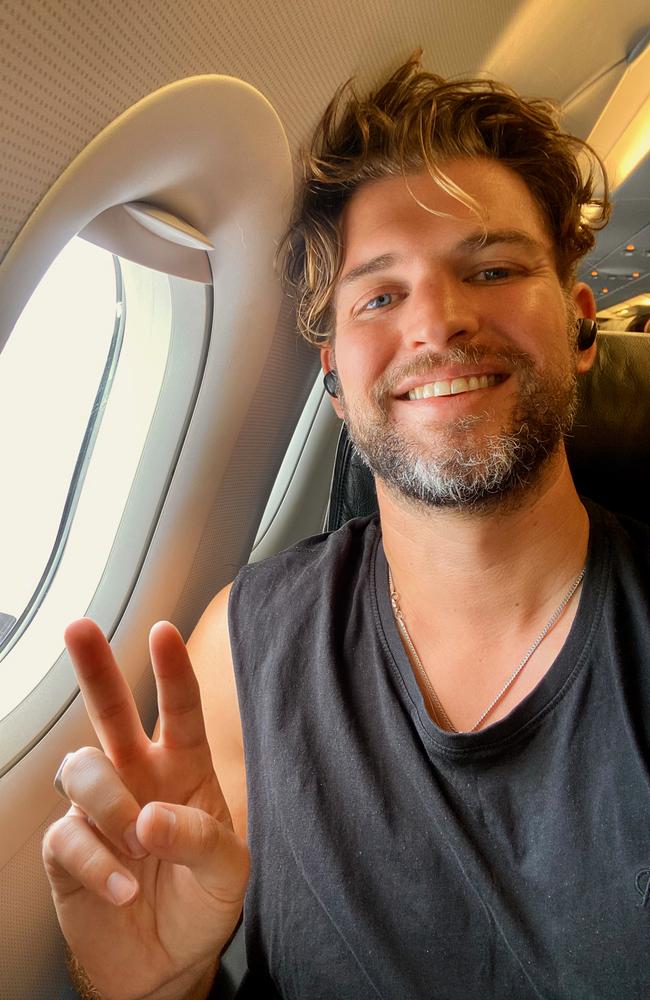
The problem with stereotypes is they’re sometimes hard to shake.
Coincidentally, I was reading ‘The In-Between’ en route to Bangkok and was relieved to discover a capital that’s vibrant, fast paced, dripping in history, and a little bit naughty – why wouldn’t you want to soak all this up?
And it’s not just me that feels that way.
Last year, Bangkok stole the crown from Paris as the most visited city on Earth, with research from MasterCard showing more than 22.78 million visitors went there.
So naturally, I was curious to experience this appeal for myself.
As far as cities go, Bangkok doesn’t get much bigger – its home to 11 million people, the equivalent of almost half of Australia’s population crammed into 1500 square kilometres.
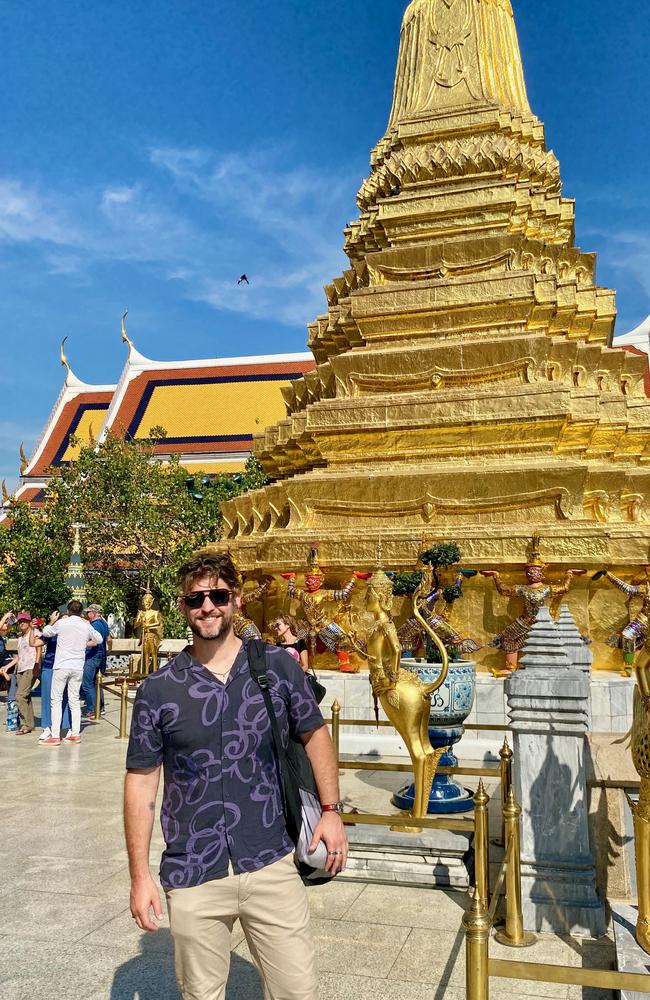
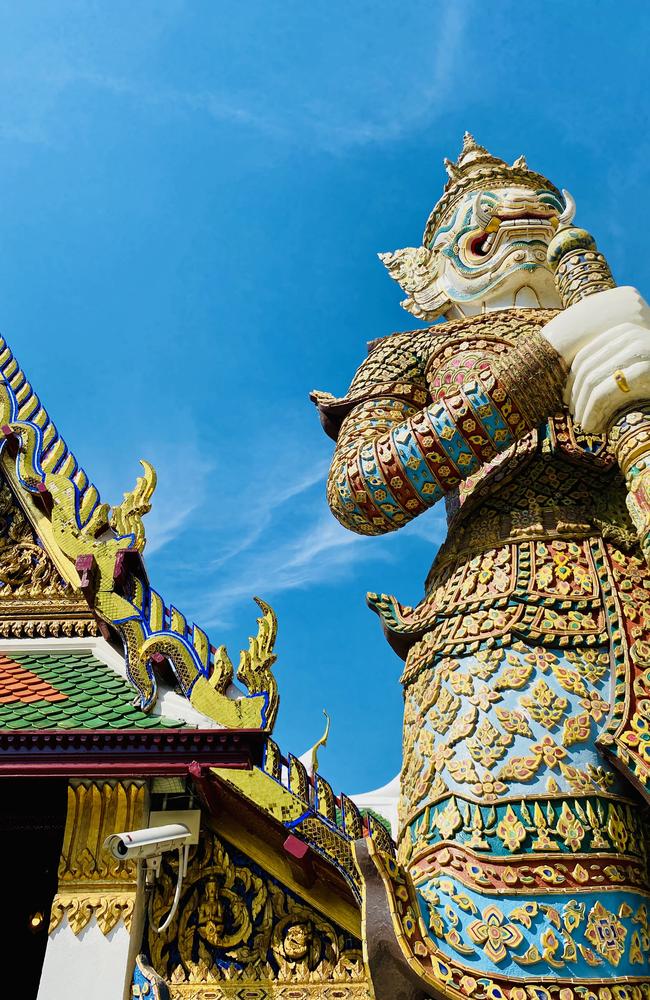
With just 72 hours here, it was hard knowing where to start, so I gave myself a head start by staying in Sathorn, one of the main business districts.
It’s well connected to public transport, close to major tourist attractions and has a range of accommodation options for all budgets.
The family-run Myth Sud boutique hotel came with a century of history under its belt, and set me back $75 per night, including a traditional Thai or western breakfast each morning.
For me, its biggest selling point alongside the free brekky was being within walking distance to one of the city’s main skyrail stations, and the Sathorn water taxi pier.
The latter is how I began my first morning in Bangkok, sailing up the Chao Phraya river to one of the main temple precincts in just 15 minutes.
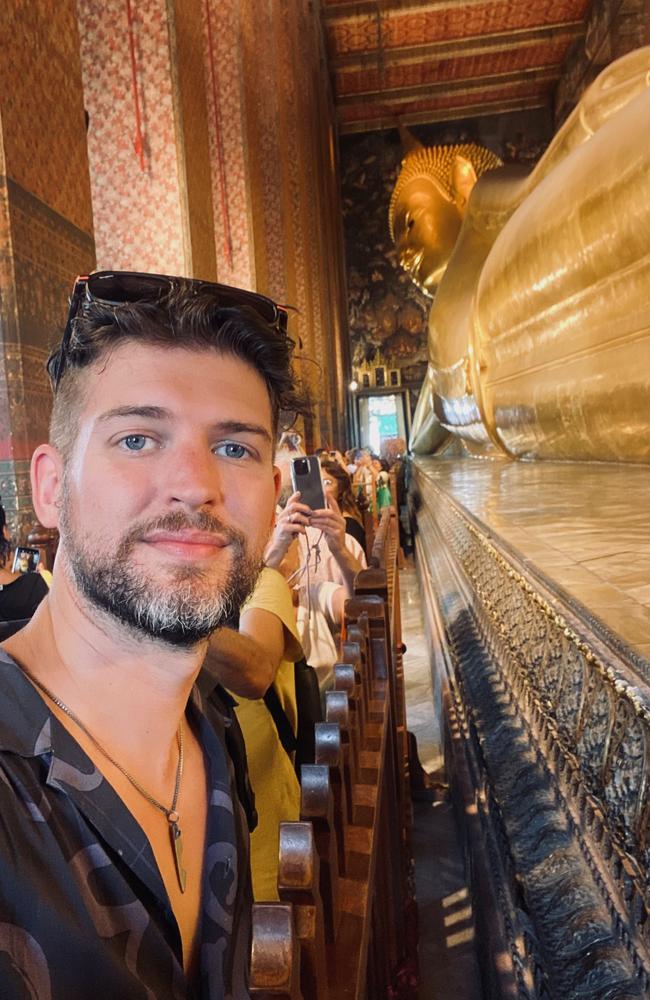
My first stop was the Grand Palace (Phra Borom Maha Ratchawang), an incredible complex built in 1782 and once used as a residence by Thailand’s royal family.
Entry costs 500 Baht ($20) and includes access to the sprawling grounds, including a temple housing the famous Emerald Buddha (Wat Phra Kaew), carved from one solid piece of jade.
Everything here was a little bit extra, with much of the architecture, carvings and mosaics gilded in gold, with enough to keep me occupied for about two hours.
Two tips here, arrive as early as you can, it’s one of the most popular attractions in Bangkok and you’ll be shoulder-to-shoulder with tourists by 10am.
Secondly, as with most places of worship in Thailand, you have to dress respectfully inside temples, and this means covering your shoulders and legs above the knees, otherwise you’ll have to stay outside.
Next on the itinerary was Wat Pho (entry costing 200 Baht or $8), another temple complex within walking distance of the Grand Palace.
Most famous for its epic Reclining Buddha, as the name suggests it’s a huge golden buddha lying down on its side, and you’ll see tourists and locals leaving coin donations in bowls around the statue as a sign of good luck.
By midday I was a bit templed-out, and while venturing back to Sathorn on foot, I came across Pak Khlong Talat, one of the biggest wholesale flower markets in Thailand.
I loved weaving through the laneways here, full of perfumed flower arrangements, chatting with locals and taking photos while getting some reprieve from the sun.
Neighbouring Chinatown was also interesting to explore for its endless gold jewellery shops, fresh produce markets and street food vendors.
At night, Yaowarat Road, Chinatown’s main strip, glows to life with neon lights and the buzz of tourists, and I passed through here on my way to Khao San Road, Bangkok’s other famous strip best known for its neon signage, backpackers, and “anything goes” attitude.
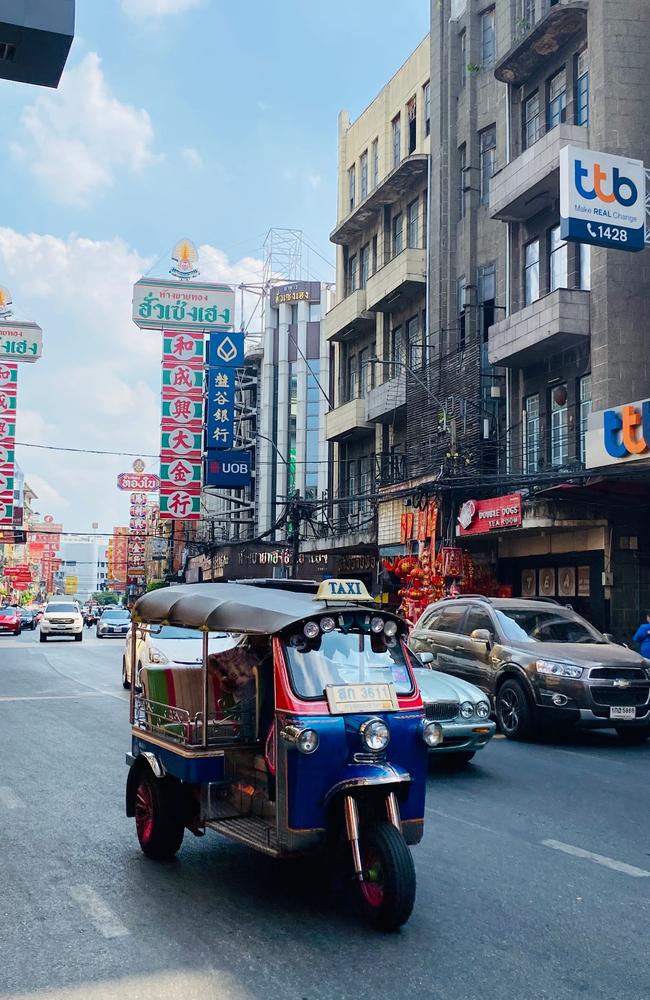
So I’ll let you in on a little secret, Khao San Road was heaving and vibrant, but also overwhelming.
If you head next door to Rambuttri Road you’ll find all of the buzz without the intensity.
Here I grabbed a bite to eat at Villa Cha Cha, a no-frills Thai-styled menu where a beer, spring rolls, and traditional chicken pad thai with prawn crackers hit the spot for about 480 Baht ($20).
The best part of dinner was people watching and soaking up all of the atmosphere, which included fairy lights, live music and a large variety of bars, restaurants and bakeries.
On my way back to Sathorn, I stopped off for a beer in Si Lom, another massive night-life district, before ending my evening with some local TV and the world’s greatest sleep.
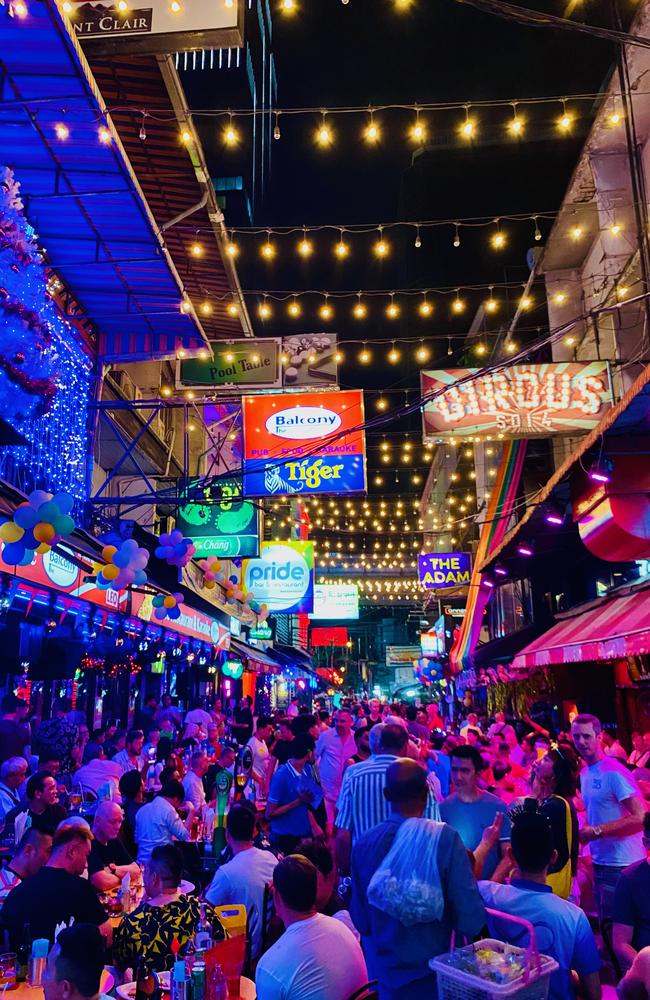
Visiting the historic ruins of Ayutthaya
My second day in Bangkok began with a two-hour journey north to Ayutthaya, where I explored the ancient ruins of an epic 12th century city, also once the world’s wealthiest.
A full-day tour here cost $75 through the ‘Get Your Guide’ app and included all entry tickets plus our personal guide, a very dedicated man named Joker, who gave us a first-hand sense of the scale and extravagance of the site before its destruction by the Burmese in the 18th century.
Crammed into a minibus, our first stop was the Bang Pa-In Royal Palace, a former royal residence built in 1632 as a summertime retreat, and curiously styled with European-inspired architecture.
Joker explained this was part of plan from then-King Mongkut to ward off colonisation, which through a series of legal reforms ensured Thailand remained one of the only countries in Asia to avoid any form of European occupation.

Next up was a lunch break and free time at the Ayothaya Floating Market, where small food stalls set up along the wooden docks and on individual wooden boats had diverse food options.
Don’t judge me but I went for another Pad Thai (when in Rome).
Back on the bus and we were saved the best for last, with the final two showstopping destinations delivering some serious wow factor and excellent photo ops.
First up was Wat Mahathat, a Buddhist temple and monastery complex dating back to the 14th century, known for its towering prang (the sorts of towers you’d see in Cambodia).
The most iconic feature of Wat Mahathat is a Buddha head entwined within the roots of a Bodhi tree
This likely happened by accident, but regardless it captured my attention and imagination, along with thousands of people who travel here every year just to see it.
Our final stop was Wat Phra Si Sanphet, among the best-preserved the temples in the region, and the holiest site from Ayutthaya’s glory days.
Featuring a row of royal crypts known as ‘stupas’, these are shaped like giant bells, and it was incredible to see the sense of scale plus the detail and precision of the masonry work.
Dropped back in the heart of the city, my day could’ve been complete then and there, but a friend was in town, and we met for a drink at The Conrad, one of Bangkok’s luxury hotels.
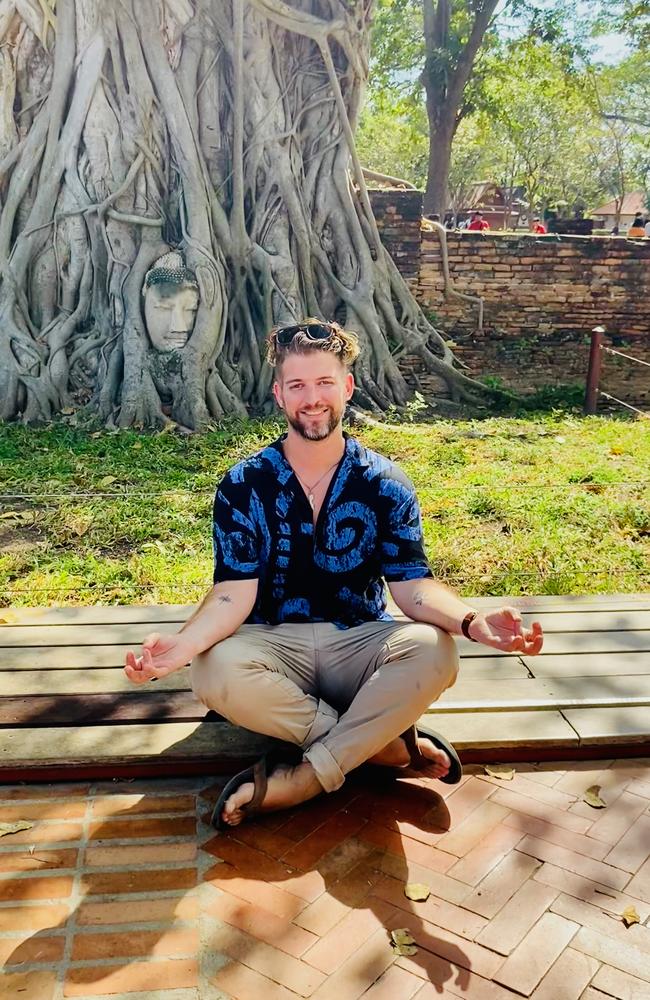
Bangkok really is the city that never sleeps
There’s a Tiktok meme showing an Aussie man exploring Bangkok’s temples and tourist sites, before it cuts to the same bloke in a nightclub filled with strobing lasers and thousands of people.
This is how Julian spent his time in Bangkok, a very different experience to mine, as we chatted he told me about his week through a very different lens of music, dancing and indulging at Bangkok’s infamous White Party.
He’d also had about an hour’s worth of sleep in 24 hours, and could barely keep his eyes open.
“I’m so sorry Troy, I’m so tired, I didn’t plan to be out so late,” he said, continuing to apologise periodically.
I admired my friend’s determination to meet in this sleep-deprived state, but I was also tired and I called it a night.


Returning to The Conrad in the morning, we spoke more coherently over breakfast at Café@2, the hotel’s lavish breakfast eatery (1118 Baht or $46 a head) with an endless spread of Asian and Western specialties including pastries, eggs, bacon filling up my plate.
Circling back to our chat from the night before, Julian and I compared our general impressions of Bangkok and Thailand at large.
We’d had very different experiences of Bangkok, and while his partying by no means reinforced any kind of Aussie stereotype, we definitely hadn’t “spoiled” the place with our presence.
Instead I realised this simple truth: Anything goes in Bangkok and there’s really something for everyone.
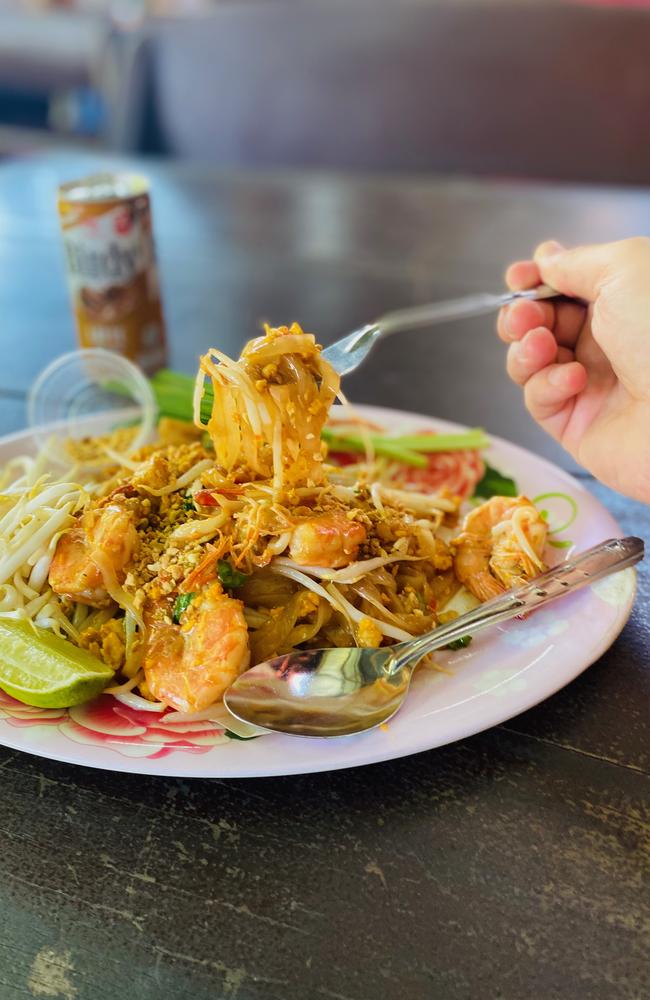
An ‘increasingly popular destination’ for Aussies
If you’re hunting down a flight from Australia to Bangkok, then you’re in luck, with Jetstar on track to fly 115,000 more people to the country this year compared to 2023.
“Famous for its incredible scenery, night-life and food scene, Thailand is an increasingly popular destination for Aussie travellers,” a Jetstar spokesperson told news.com.au.
“Jetstar currently flies to Bangkok three times a week from Melbourne, with low fares available from $296.”
The airline also confirmed to news.com.au that it’s planning to expand the number of Jetstar flights departing Australia for Thailand.
“Following an increase in demand, the airline is also set to introduce new routes from Perth to Bangkok and Phuket later this year, as part of an expansion of its West Australian operations.”
Travel is from early July to the end of September.
Troy Nankervis is a freelance writer and producer. You can follow his travels on Instagram



